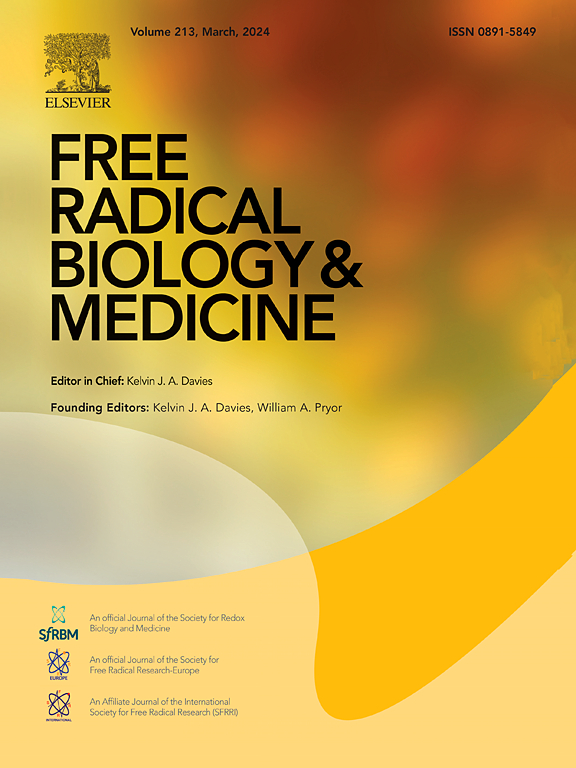Mitochondrial and microtubule defects in Exfoliation Glaucoma
IF 7.1
2区 生物学
Q1 BIOCHEMISTRY & MOLECULAR BIOLOGY
引用次数: 0
Abstract
Exfoliation Syndrome is an age-related systemic condition characterized by large aggregated fibrillar material deposition in the anterior eye tissues. This aggregate formation and deposition on the aqueous humor outflow pathway are significant risk factors for developing Exfoliation Glaucoma (XFG). XFG is a multifactorial late-onset disease that shares common features of neurodegenerative diseases, such as increased protein aggregation, impaired protein degradation, and oxidative and cellular stress. XFG patients display decreased mitochondrial membrane potential and mitochondrial DNA deletions. Here, using Tenon Capsule Fibroblasts (TFs) from patients without glaucoma (No Glaucoma, NG) and XFG patients, we found that XFG TFs have impaired mitochondrial bioenergetics and increased reactive oxygen species accumulation. These defects are associated with mitochondrial abnormalities as XFG TFs exhibit smaller mitochondria that contain dysmorphic cristae, with increased mitochondrial localization to lysosomes and slowed mitophagic flux. Mitochondrial dysfunction in the XFG TFs was associated with hyperdynamic microtubules, decreased acetylated tubulin, and increased HDAC6 activity. Treatment of XFG TFs with a mitophagy inducer, Urolithin A (UA), and a mitochondrial biogenesis inducer, Nicotinamide Ribose (NR), improved mitochondrial bioenergetics and reduced ROS accumulation. Our results demonstrate that XFG TFs have abnormal mitochondria and suggest that mitophagy inducers may represent a potential class of therapeutics for reversing mitochondrial dysfunction in XFG patients.

求助全文
约1分钟内获得全文
求助全文
来源期刊

Free Radical Biology and Medicine
医学-内分泌学与代谢
CiteScore
14.00
自引率
4.10%
发文量
850
审稿时长
22 days
期刊介绍:
Free Radical Biology and Medicine is a leading journal in the field of redox biology, which is the study of the role of reactive oxygen species (ROS) and other oxidizing agents in biological systems. The journal serves as a premier forum for publishing innovative and groundbreaking research that explores the redox biology of health and disease, covering a wide range of topics and disciplines. Free Radical Biology and Medicine also commissions Special Issues that highlight recent advances in both basic and clinical research, with a particular emphasis on the mechanisms underlying altered metabolism and redox signaling. These Special Issues aim to provide a focused platform for the latest research in the field, fostering collaboration and knowledge exchange among researchers and clinicians.
 求助内容:
求助内容: 应助结果提醒方式:
应助结果提醒方式:


